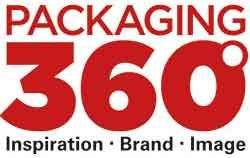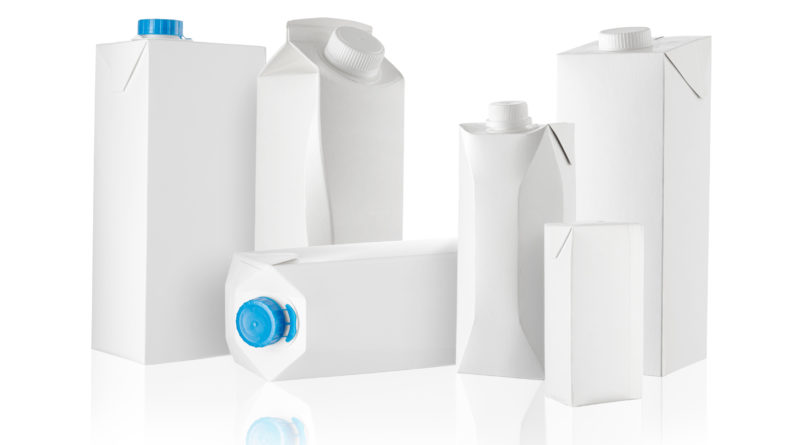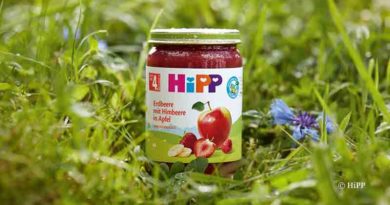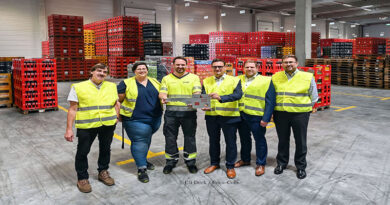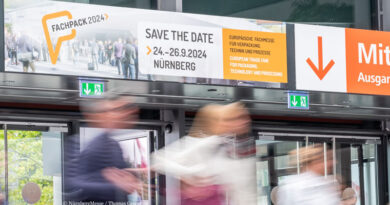High scores for milk packed in cartons
It is not only recycling rates that determine whether packaging makes ecological sense. Getränkekarton Austria invited milk and fruit juice packers and bottlers to a roundtable discussion on the circular economy and recycling and presented new results on the ecological profile of beverage packaging.
Whether milk, fruit juice, drinking yoghurt or water – consumers in Austria buy around 10 million liters of liquid food every day. The most important criteria for packaging are protection of the food, the design for recycling, as well as convenience and practicality. „It’s not just recycling rates that determine whether packaging makes ecological sense,“ says Georg Matyk from Getränkekarton Austria, an association to which the three major beverage carton manufacturers Tetra Pak, Elopak and SIG Combibloc belong. Addressing representatives of milk and fruit juice bottlers in Vienna, he continues, „At a time when consumers and producers are paying greater attention to environmental friendliness, an ecological balance that takes into account the entire life cycle of a package – from the raw material to recycling – is needed.“ Christoph Scharff, CEO of Altstoff Recycling Austria AG (ARA), refers to the challenges posed by the EU circular economy package: „Thanks to committed consumers, we already collect six out of ten beverage cartons today. The new EU recycling targets, however, present the beverage carton in particular with major challenges due to its composite material mix. In future, we must collect even more, sort it better and recycle it efficiently.“
Roland Fehringer, Managing Director of c7-consult, presented the results of the study „Life Cycle Assessment for PET and other packaging materials“, which his institute conducted in April 2019 on behalf of ALPLA, one of the world’s leading companies for the production of plastic packaging solutions. „From an ecological point of view, composite beverage cartons are one of the best packaging solutions. In all the impact categories examined for milk packaging – climate change, acidification (reduction in the pH value of the soil), summer smog (ground-level ozone) and water consumption – the composite carton shows ecological advantages over single-use glass bottles and returnable glass bottles. The author of the study explains that the beverage carton has a greater impact on climate change than disposable PET bottles.
ADVERTISEMENT
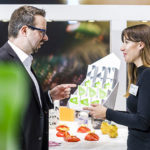 At FachPack you will find exhibitors with the right innovations from the packaging process chain. Meet these companies with innovations on the subject of sustainable packaging. More information can be found here.
At FachPack you will find exhibitors with the right innovations from the packaging process chain. Meet these companies with innovations on the subject of sustainable packaging. More information can be found here.The beverage carton represents composite packaging. A typical 1-litre fresh milk carton consists on average of 75 percent cardboard. The remaining 25 percent are made up of the carton closure and the plastic layers that serve as an oxygen and light barrier. Only wood from responsibly managed forests is used to manufacture beverage cartons. This is what the Forest Stewardship Council (FSC) certification stands for. After the waste has been collected, the beverage cartons are sent to the carton factory. Here all the layers are mechanically separated from each other. The valuable paper fibers are removed and processed to produce new packaging.
The major beverage carton manufacturers Tetra Pak, Elopak and SIG Combibloc are aware of their social and ecological responsibility and invest continuously in research and development. The goal is to only offer packaging that is produced 100 percent from renewable raw materials. The first beverage cartons with closures and coatings made of bio-polymers are already on the market.
